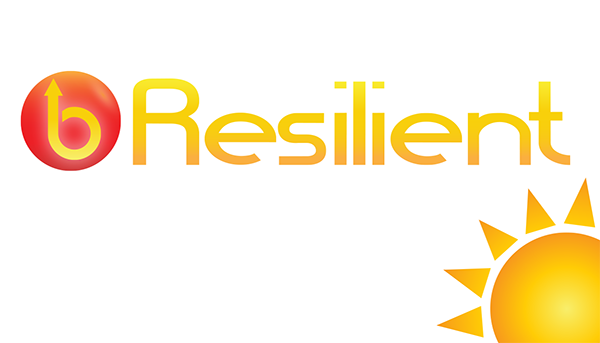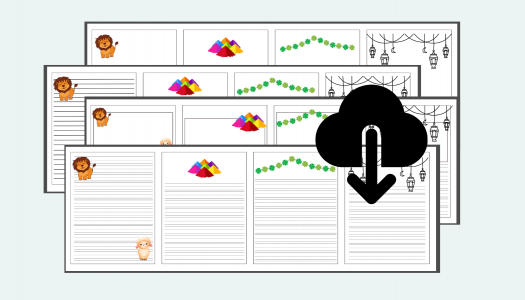
James Parker
I just read General Stanley McChrystal’s book Teams of Teams: New Rules of Engagement for a Complex World.
General McChrystal practices a leadership style he tabs “eyes on, hands off.”
He writes to leaders that “doing this requires increasing transparency to ensure common understanding and awareness,” to “manage chaos . . . order can emerge from the bottom up, as opposed to being directed . . .”
He references many examples in his book.
For instance, during the Vietnam War, having lead surgeons stand farther away from their patients improved survival rates because doctors were able to better assess the needs of patients in crisis with more perspective.
This is what we do daily as teachers, and it reminds me of Daily 5 . . . and specifically Step 8 of the 10 Steps to Teaching and Learning Independence, when teachers are helping students practice and build stamina as independent readers and writers.
Giving students space may seem counterintuitive, and when first building stamina often we are inclined to remind students to be quiet and keep reading. We may even think we increase the chances of success by sitting with the most challenging students and prompting them often. This is intuitive because it is often how we have taught in the past. It’s an old habit, and old habits die hard.
Here’s what we know. To be successful with independent literacy, students have to learn behaviors, practice those behaviors, and build stamina. They need a chance to experience success independently. If the teacher is continually offering praise or encouragement to keep them focused, they are anchoring their behavior to the praise of the teacher, and not to the desired outcome of being an independent reader or writer. The teacher must be “eyes on, hands off.”
For educators this task is simple, yet so hard. It is how I try to lead as a parent and a principal.
Eyes on, hands off shows respect and trust for the students working toward independence, allows us to assess the needs of the group as a whole, and is the path to achieving the desired stamina goal.
News From The Daily CAFE
March Writing Paper
The Behavior We Must Not Ignore








